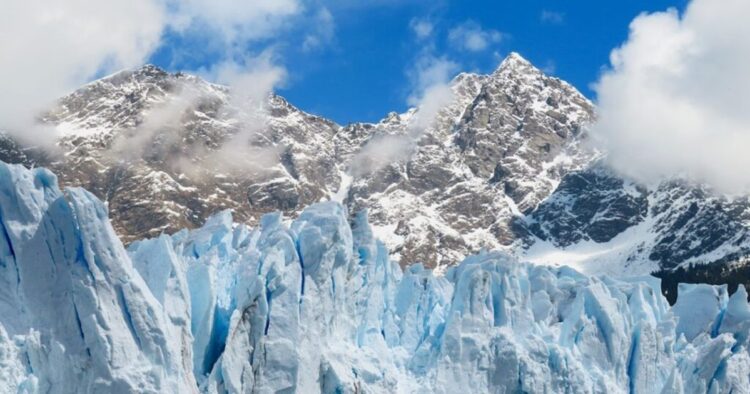In Nimli, Alwar, recent reports have highlighted a concerning trend in the Himalayan region of Bharat. Over the past decade, this area has experienced a staggering 44 percent of all climate-related disasters reported in the country. Floods, landslides, and thunderstorms have wreaked havoc, with 192 such events occurring between 2013 and 2022. The State of Bharat’s Environment 2024 report, presented at the annual Anil Agarwal Dialogue by the Centre for Science and Environment (CSE), unveiled the grim reality facing the Himalayas.
Increasingly Severe Disasters Threaten Lives and Property
Kiran Pandey, head of CSE’s Environment Resources Unit, has raised alarm bells about the growing frequency and severity of disasters in the region. Communities are facing immense challenges in coping with these calamities, which not only endanger lives but also result in significant property damage.
Glacial Melting Accelerates: A Looming Crisis
One of the most concerning aspects highlighted in the report is the rapid melting of glaciers in the Hindu Kush Himalayas. According to the International Centre for Integrated Mountain Development (ICIMOD), there has been a staggering 65 percent acceleration in glacier mass loss. Glaciers in the region lost 0.28 meters of water equivalent per year from 2010 to 2019, compared to 0.17 meters per year from 2000 to 2009. Even previously stable ranges like the Karakoram are experiencing declines in glacier mass.
Critical Importance of Himalayan Glaciers
Izabella Koziell, ICIMOD’s deputy director general, has emphasized the crucial role of Himalayan glaciers in sustaining the livelihoods of over two billion people in Asia. The potential consequences of their disappearance are catastrophic, with far-reaching impacts on water resources, agriculture, and the overall ecosystem.
Rise in Glacial Lakes Poses Grave Threats
As glaciers melt, the formation of glacial lakes has surged, particularly in Uttarakhand and eastern Himachal Pradesh. The number of these lakes increased from 127 in 2005 to 365 in 2015. The overflow or bursting of these lakes, exacerbated by frequent cloudbursts, poses grave threats to communities downstream.
Projected Loss and Impacts
With over 40 percent of their ice already lost, the Himalayas are projected to lose up to 75 percent by the end of the century. This loss will lead to significant shifts in vegetation lines and impact the livelihoods of millions of people dependent on the region’s resources. The loss of permafrost further exacerbates the crisis, with significant declines observed in areas like the Uttarakhand Himalayas.
Call for Urgent Action
Dr. Kalachand Sain, head of the Wadia Institute of Himalayan Geology, stresses the need for coordinated action involving national governments, local communities, experts, and the media. While halting development in the Himalayas is not the solution, he advocates for sustainable development guided by comprehensive stakeholder consultations.
As the Himalayan region stands at a critical juncture, the urgency of mitigating climate-related risks and safeguarding its fragile ecosystems cannot be overstated. Immediate action is needed to address the root causes of these disasters and ensure the resilience of the Himalayan communities and environment.

















Comments